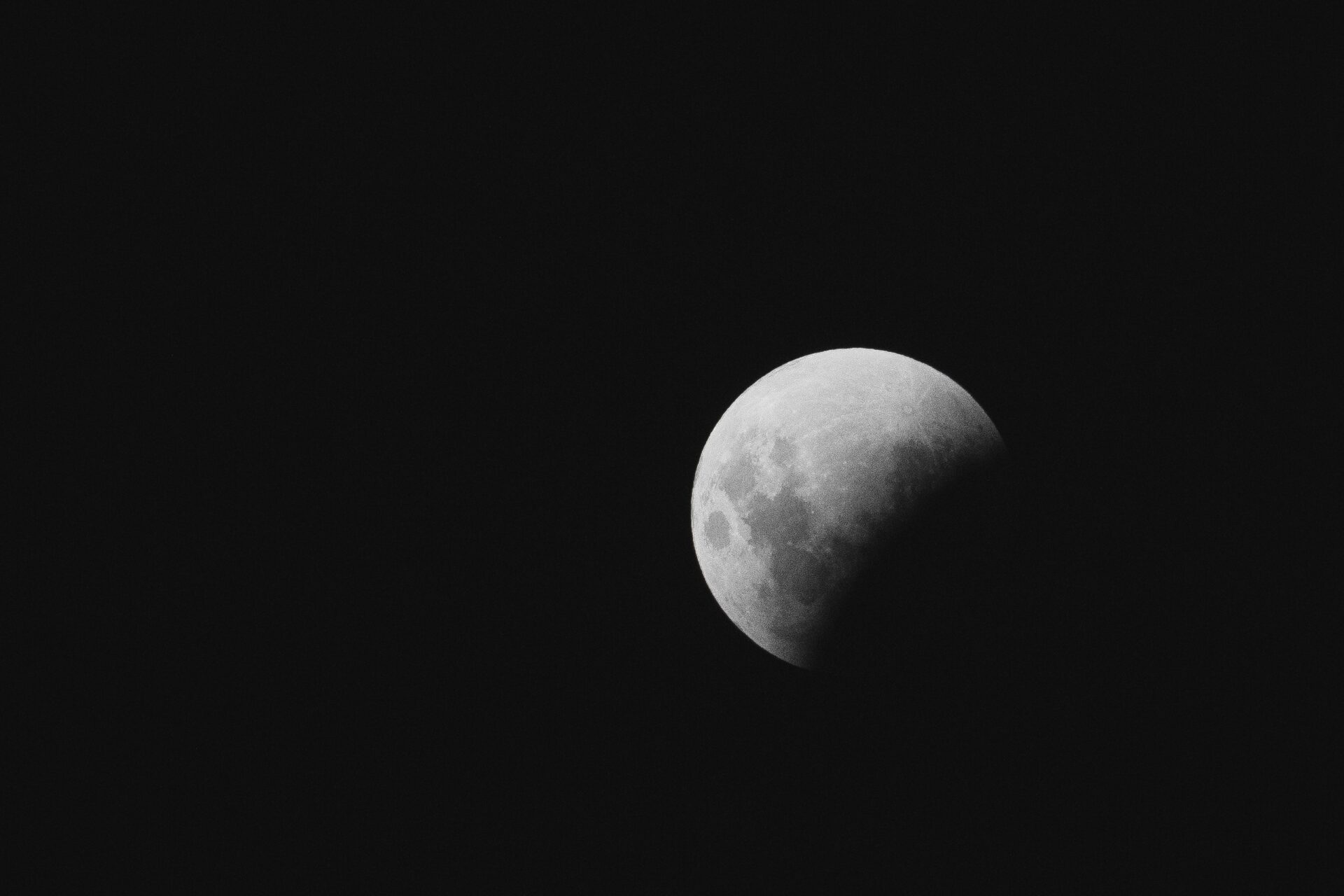In the early 20th century, the scientific community was abuzz with the possibility of an undiscovered ninth planet in our solar system, known as “Planet X.” It was thought to be the explanation for the unusual gravitational perturbations observed in the orbits of Neptune and Uranus. And in 1930, the search for Planet X finally led to the discovery of a new celestial object, Pluto.
Pluto was discovered by astronomer Clyde Tombaugh, who was working at the Lowell Observatory in Flagstaff, Arizona. Tombaugh was tasked with searching for the elusive Planet X, which was thought to be much larger than any of the other planets in our solar system, and to have an orbit that was much further away from the Sun.
To search for Planet X, Tombaugh used a photographic technique known as “blink comparison.” This involved taking two photographs of the same part of the sky, several nights apart, and then comparing them to look for any objects that had moved. Tombaugh spent countless hours poring over photographic plates, painstakingly searching for any objects that had shifted position relative to the background stars.
After months of searching, Tombaugh finally found what he was looking for. On February 18, 1930, he discovered a small, dim object that had moved slightly in between two photographic plates. He continued to observe the object over the following weeks, and eventually determined that it was indeed a new planet.
The announcement of the discovery of Pluto caused a sensation in the scientific world. For the first time in over 70 years, a new planet had been added to our solar system. But as scientists began to study Pluto more closely, they realized that it was much smaller than they had originally thought. In fact, it turned out to be only about two-thirds the size of Earth’s Moon.
This led to some controversy over whether Pluto should really be considered a planet at all. Some astronomers argued that it was too small and too different from the other planets in our solar system to be given the same classification. But ultimately, Pluto was officially recognized as the ninth planet in our solar system until 2006, when the International Astronomical Union (IAU) redefined the definition of a planet. Under the new definition, Pluto was reclassified as a “dwarf planet,” along with several other objects in our solar system.
Despite its small size and controversial classification, Pluto remains a fascinating object of study for astronomers. In recent years, NASA’s New Horizons spacecraft has provided us with some of the most detailed images of Pluto and its moons ever obtained. These images have revealed a complex and geologically active world, with a variety of surface features and a tenuous atmosphere.
To conclude, the search for Planet X in the 1930s led to the discovery of Pluto, which for many years was considered the ninth planet in our solar system. Although Pluto’s status as a planet has since been redefined, it remains an important object of study for astronomers, and continues to provide us with new insights into the mysteries of our solar system.

Dive Deeper
Book Recommendation
“The Pluto Files: The Rise and Fall of America’s Favorite Planet” by Neil deGrasse Tyson
If you are interested in learning more about the discovery of Pluto and the history of its classification as a planet, a great book to read is “The Pluto Files: The Rise and Fall of America’s Favorite Planet” by Neil deGrasse Tyson. In this book, Tyson explores the cultural significance of Pluto and the public’s fascination with it, as well as the scientific controversies surrounding its classification. It’s a fascinating and engaging read that provides a unique perspective on the story of Pluto.
Documentary/ Video
A great documentary to watch about the discovery of Pluto and its classification as a planet is “The Pluto Files” by NOVA. You can watch it for free on the PBS website using the following link:
This documentary provides a comprehensive look at the history of Pluto, including its discovery, the controversies over its classification as a planet, and the latest scientific research on this fascinating object. It features interviews with astronomers, planetary scientists, and historians of science, as well as stunning visuals of Pluto and its moons. It’s an excellent resource for anyone interested in learning more about this small but significant object in our solar system.
If this article piqued your interest, you may also enjoy delving into this piece – The Myth and Legacy of Planet Vulcan
